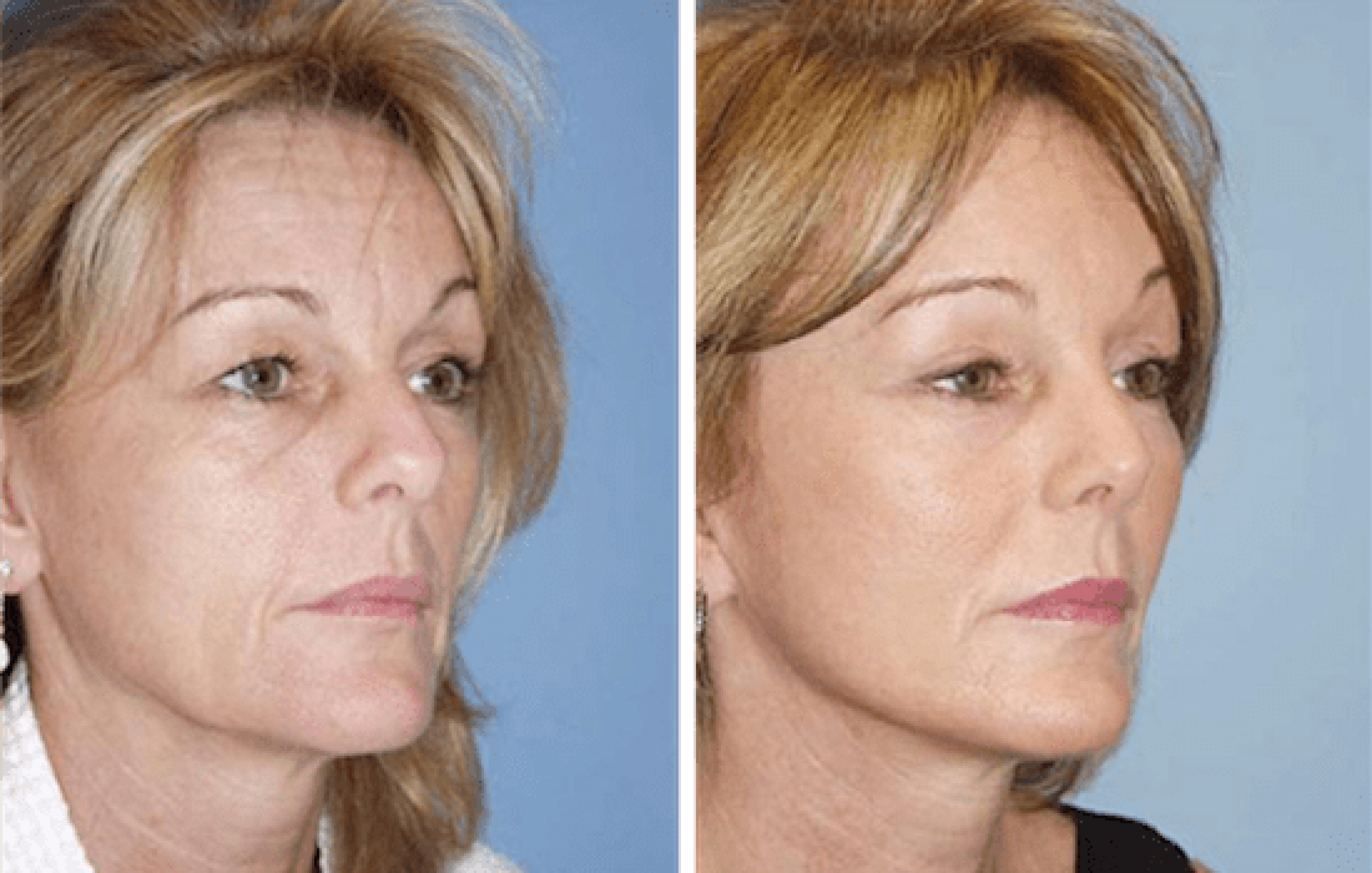Endoscopic Plastic Surgery

Endoscopic Plastic Surgery
Ear surgery, or otoplasty, is usually done to set prominent ears back closer to the head or to reduce the size of large ears. For the most part, the operation is done on children between the ages of 4 and 14. Ears are almost fully grown by age four, and the earlier the surgery, the less teasing and ridicule the child will have to endure.
Ear surgery on adults is also possible, and there are generally no additional risks associated with ear surgery on an older patient. If you’re considering ear surgery for yourself or your child, the following information will give you a basic understanding of the procedure – when it can help, how it is performed, and what results you can expect. You should know though that a lot depends on your individual circumstances. Therefore, make sure you consult your doctor if you have any questions that still need to be answered.
ALL SURGERY CARRIES SOME UNCERTAINTY AND RISK
When ear surgery is performed by a qualified, experienced surgeon, complications are infrequent and usually minor. Nevertheless, as with any operation, there are risks associated with surgery and specific complications associated with this procedure. Endoscopy is a surgical technique that involves the use of an endoscope, a special viewing instrument that allows a surgeon to see images of the body’s internal structures through very small incisions.
Endoscopic surgery has been used for decades in a number of different procedures, including gallbladder removal, tubal ligation, and knee surgery. However, in the world of plastic surgery, endoscopic instruments have recently been introduced. Plastic surgeons believe the technique holds great promise, but further study is needed to establish its effectiveness, especially over the long-term. As important research continues, endoscopy is being used on a limited basis for both cosmetic and reconstructive procedures.
This page will provide you with a basic understanding of endoscopy in plastic surgery – how it is performed, what risks are involved, and the type of surgical training to look for in a surgeon. Please ask your doctor if there is anything you don’t understand about the specific procedure you are planning to have.
THE ENDOSCOPE
An endoscope consists of two basic parts: A tubular probe fitted with a tiny camera and bright light, which is inserted through a small incision; and a viewing screen, which magnifies the transmitted images of the body’s internal structures. During surgery, the surgeon watches the screen while moving the tube of the endoscope through the surgical area. It is important to understand that the endoscope functions as a viewing device only. To perform the surgery, a separate surgical instrument – such as a scalpel, scissors, or forceps – must be inserted through a different point of entry and manipulated within the tissue.
ADVANTAGES OF ENDOSCOPY
All surgery carries risks and every incision leaves a scar. However, with endoscopic surgery, your scars are likely to be much smaller or hidden and some of the post-surgery effects may be minimized. In a typical endoscopic procedure, only a few small incisions, each less than one inch long, are needed to insert the endoscope probe and other instruments. For a forehead lift, three or more short incisions may be needed. The tiny “eye” of the endoscope’s camera allows a surgeon to view the surgical site almost clearly as if the skin were opened from a long incision.
Because the incisions are shorter with endoscopy, the risk of sensory loss from nerve damage is decreased. Also, bleeding, bruising and swelling may be significantly reduced. With the endoscopic approach, you may recover more quickly and return to work earlier than if you had undergone open surgery. Endoscopic surgery may also allow you to avoid an overnight hospital stay. Many endoscopic procedures can be performed on an outpatient basis under local anesthesia with sedation. Be sure to discuss this possibility with your doctor.
USES IN PLASTIC SURGERY
As research continues, it is expected that many new uses for endoscopy will be developed. In the meantime, some plastic surgeons are using the technique on carefully selected patients.
THE TREATMENTS
SPECIAL CONSIDERATIONS AND RISKS
It is important to keep in mind that the endoscopic approach has only recently been applied to plastic surgery procedures. There are some known risks, which vary in severity depending on the procedure being performed. These include infection, fluid accumulation beneath the skin (which must be drained), blood vessel damage, nerve damage or loss of feeling, internal perforation injury, and skin injury. And, keep in mind that if a complication occurs at any time during the operation, Dr. Makram may have to switch to an open procedure, which will result in a more extensive scar and a longer recovery period. However, to date, such complications are rare – estimated to occur in less than 5 percent of all endoscopy procedures.
DECIDING IF ENDOSCOPIC SURGERY IS RIGHT FOR YOU
Although much is still unknown about endoscopic plastic surgery, you may want to focus on what is known as you make your decision, considering the following:
For decades, endoscopy has been used successfully in orthopedic, urologic, and gynecologic procedures. Improved technology now permits endoscopy to be used by plastic surgeons. If performed by an experienced, well-trained plastic surgeon, endoscopic procedures may provide the same results as open-method procedures, but with less scarring. In some cases, endoscopic surgery may require less recovery time than is usually required for open procedures.



